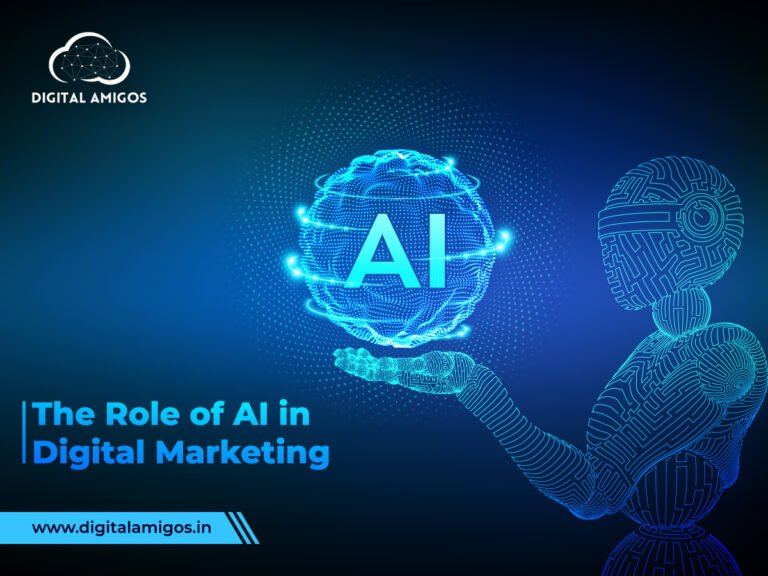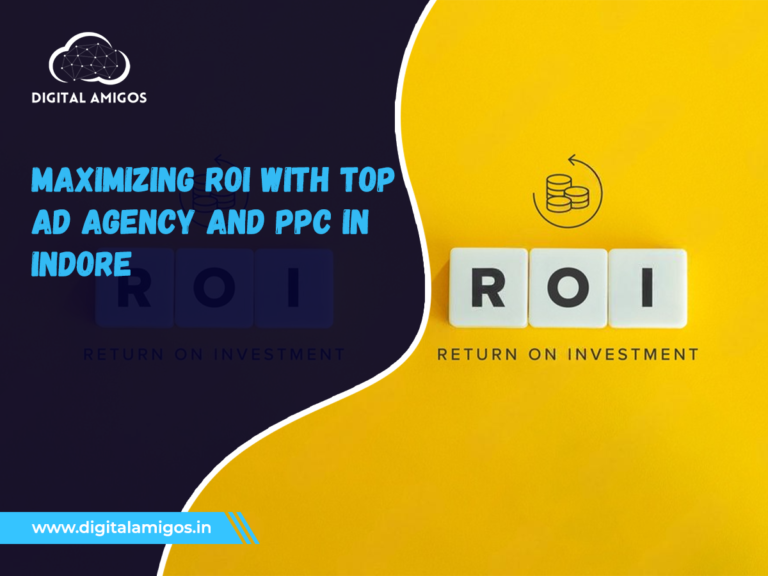Traditional Marketing vs Digital Marketing: Key Differences, ROI & Strategy Guide
Still unsure whether a billboard or an Instagram ad is the smarter move?
You’re not alone. With so many marketing options out there, it’s easy to get stuck deciding between traditional methods and digital strategies.
Even today, this question matters more than ever—especially for small business owners, marketing beginners, or anyone planning a new campaign. Knowing the difference between traditional and digital marketing can save you time, money, and a lot of trial and error.
💡 Digital ad spending is expected to reach $836 billion by 2026, according to Statista. That’s a big signal that the world is going digital.
In this blog, we’ll keep it simple. We’ll break down the differences, pros and cons, and when to use each type—so you can make a smart, confident choice that fits your brand, audience, and budget.
1. What is Traditional Marketing?
Traditional marketing refers to offline strategies—basically, everything that doesn’t involve the internet, such as:
- TV commercials
- Radio spots
- Newspaper and magazine ads
- Billboards and posters
- Flyers and brochures
- Direct mail
These methods are great for broad reach, especially in local markets. For example, a retail store may still benefit from a billboard or a newspaper ad if it targets an older audience that isn’t active online.
📊 Did you know? TV ads still account for 63% of media time for people aged 50 and above, according to Nielsen.
2. What is Digital Marketing?
Digital marketing involves promoting products or services through digital channels such as:
- Social media platforms (Facebook, Instagram, LinkedIn)
- Search engines (Google, Bing)
- Websites and blogs
- Email marketing
- Online video ads (YouTube, reels)
- Influencer collaborations
- Pay-per-click (PPC) and SEO
The biggest advantage is precise targeting and measurable results. Whether you’re trying to reach 25–35-year-olds in Indore or business owners looking for marketing agencies, digital channels can get you there.
💵 ROI Insight: According to Google Economic Impact, businesses make ₹2 for every ₹1 spent on Google Ads.
💻 Fact: According to HubSpot, 61% of marketers are prioritizing SEO to grow their online presence in 2025.
3. Traditional vs Digital Marketing: Key Differences
| Feature | Traditional Marketing | Digital Marketing |
| Cost | High (TV, print can cost ₹50k–₹5L+) | Flexible (Starts from ₹500/day or less) |
| Targeting | Broad, general audience | Highly specific, customizable audiences |
| Measurability | Difficult to track | Real-time analytics and reporting |
| Reach | Local or national | Global, platform-based targeting |
| Engagement | One-way communication | Two-way interaction (likes, DMs, comments) |
| Speed | Slow to execute | Instant campaign setup & real-time edits |
4. Pros and Cons of Each Approach
✅ Traditional Marketing Pros:
- Strong local visibility
- High trust in certain demographics (e.g. seniors)
- Tangible and memorable (e.g. flyers, magazines)
❌ Traditional Marketing Cons:
- Expensive
- Limited tracking
- Hard to personalize
✅ Digital Marketing Pros:
- Cost-effective
- Data-driven decisions
- Personalized targeting
- Real-time feedback
❌ Digital Marketing Cons:
- Overcrowded space
- Requires technical skills or support
- Constant updates and learning curve
5. Can Traditional and Digital Marketing Work Together?
Absolutely. Brands today are embracing omnichannel marketing strategies to stay visible across all customer touchpoints.
📊 According to Google Think Insights, 72% of consumers prefer engaging with a brand through both online and offline channels before making a purchase.
Examples of this in action:
- A newspaper ad promoting a discount code for your website
- QR codes on brochures leading directly to Instagram or landing pages
- Billboard campaigns combined with geo-targeted Facebook or Instagram ads
When done right, traditional and digital marketing don’t compete—they complete each other.
6. What Should You Choose?
Here’s a quick guide to help you choose:
| Situation | Best Option |
| Tight budget | Digital marketing |
| Local event or audience | Traditional (or both) |
| Need fast results | Digital |
| High-end brand positioning | Traditional with digital support |
| Tracking and analytics required | Digital |
It’s not always about one over the other. The smart move is to start digital, test and measure, then gradually layer in traditional methods if needed—especially for local or brand visibility efforts.
Conclusion
The choice between traditional and digital marketing depends on your goals, audience, and resources. Today, most businesses will benefit from leaning into digital marketing because of its cost-efficiency, targeting power, and scalability. But that doesn’t mean traditional marketing is dead—it just needs to be used strategically.
Think about your audience, your budget, and your goals—then choose what works best.








